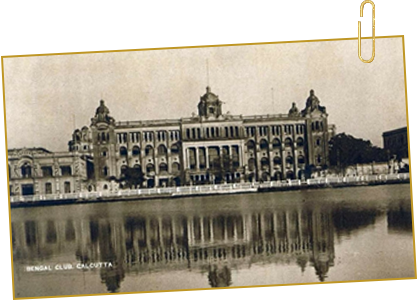
It was the practice of European peoples to reproduce as far as possible in their settlements and colonies in other continents the characteristic social features of their national lives. Under the British Crown the idea of a club was especially appealing to the large number of men who were compelled by circumstances to be separated from their wives and families for long periods. These clubs afforded some consolation for the pains of exile and loneliness, and also offered welcome simulations of home to those bachelors with a distaste for housekeeping. It is thus only natural that many social, sports and business clubs in India were then founded and of them The Bengal Club, set up in 1827, is one of the oldest in their genre.

The Bengal Club or the Calcutta United Services Club as it was originally known was first discussed on Nov 29th 1826 in an informal meeting at the Calcutta Town Hall under the leadership of Lt.Col the Hon Finch CB who became the club’s first President. He was the Military Secretary to Lord Combermere, Commander-in-Chief of the East India Company’s army and also the first Patron of the Club. Lt. Col the Hon Finch CB was the son of the fourth Earl of Aylesford and his regiment was the Blues. After his service in India he was promoted to the rank of Major General and he died in 1861.
The first club house premises came up in a building in Esplanade West which had been erected in 1813, a large part of the funds having been raised by the then popular method of lottery.
The Oriental Club of London founded in 1824, merits special mention since its constitution served in some degree as a model for our Bengal Club.
During those days membership was largely confined to senior military personnel and senior administrators along with a few medical professionals. Only six merchants and heads or directors of banks find mention in the first roster with 141 names.
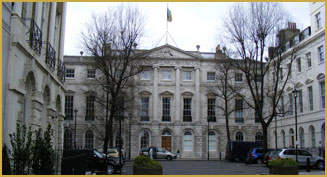
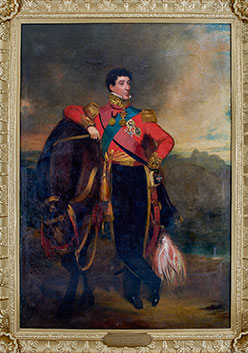
In his notes, Lt.Col the Hon Finch C B, mentions the raison d'être of The Bengal Club:
The club was established on 1st February 1827 and this notable event was recorded in the Government Gazette of 5th and 8th February 1827. His Excellency Viscount Combermere was requested by a deputation from the Club to become Patron of it. He was the great grandson of Sir Stapleton Cotton, sixth baronet and first Viscount Combermere who had fought with Wellington at the battle of Salamanca.
One of the first tasks before the Committee was the acquisition of a local habitation for the newly formed club and by July 1827 it was established in a large four storeyed block in Esplanade East, known as Gordon’s Building’ for a rent of Rs.800/- per month. Having got the ground and first floors, rooms were made for rent to members at Rs.4/- per week
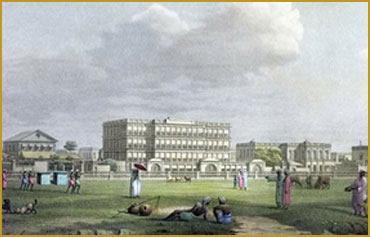
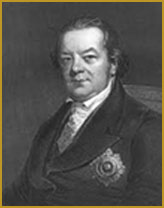
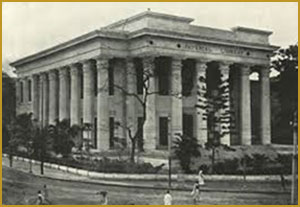
Charles Metcalfe became the second President and remained so for the next 11 years till 1838. Son of a Major General he was educated at Eton and returned to India as a ‘Writer; in 1801. Metcalfe’s memory is kept alive in Kolkata by the Metcalfe Hall that was erected at the junction of Hare Street and Strand Road.
On Lord Combermere’s departure in 1830, Lord William Bentinck, the last Governor General of Bengal and the first Governor General of India became the second Patron of the Club.
The list of Presidents in the first forty years includes some Who’s Who of British Indian history: Lords Metcalfe, Colville, Grant, Cotton, Outram, and Frere among others. During the 19th century it was customary to re-elect a President for several years and in keeping with this tradition, Sir Charles Metcalfe held the chair for eleven years in succession. During 1842 to 1844, the Club had Lord Ellenborough as its President, who was then the Governor General of India.
The Financial Crisis of the 1830’s had a very adverse effect on the fledgling Bengal Club which had just been formed a couple of years ago. Unable to pay the required rent and other financial situations of the club forced its Patrons and Members all during Metcalfe’s leadership, to move the club premises from Gordon’s building to an upper roomed brick built dwelling house in Tank Square in Calcutta at 4 Dalhousie Square. And it remained there till the building’s demolition in 1845 when it moved to Chowringhee.
With the fortunes of the club improving, in 1845, the club premises from its existing Tank Square moved to the building on No 1 Park Street (Chowringhee) and Nos 1 and 1/11 Russel Street which were Lord Macaulay’s residence in India. Macaulay was then the Law Member of the Supreme Council between 1834-38. The owner of this property was Babu Kali Prasanna Singha, a wealthy resident of Jorasanko who won the gratitude of his countrymen by his Bengali translation of the Mahabharat. A lease for 30 years was finalized and further extended for another 20 years in 1875.
Lord Macaulay was very proud of his house (which later became the Bengal Club) and said in his memoirs that it was ‘the best in Calcutta’. And what is very interesting is that Lord Dalhousie a former Commander in Chief who used to dine with Macaulay, mentions that his cook as ‘decidedly the first artist in Bengal’. Perhaps the seeds of Bengal Club’s culinary excellence was sowed at that time. Macaulay further wrote ‘I have a pretty garden not unlike our little grass plot at Clapham but larger. It consists of a fine sheet of turf with a gravel to walk around it’. However, there is no evidence that the ‘Macaulay’s Minutes’ was written in this house.
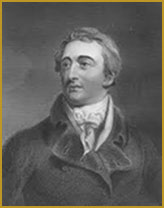
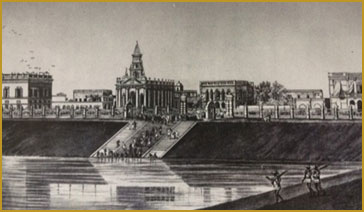
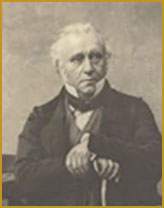
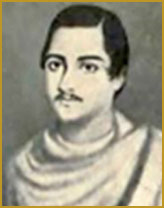
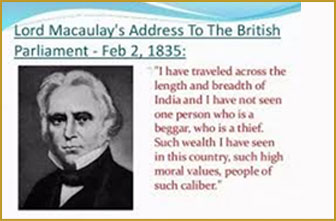
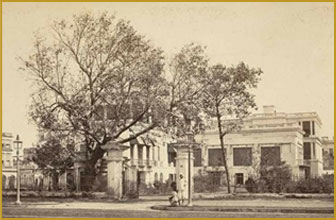
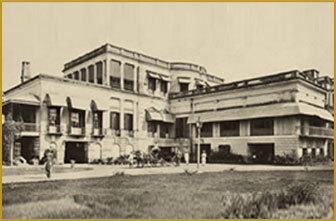
In 1895, the expiry of the lease brought the question of finding a new premise. Alternative sites were seen at the junction of Camac Street and Theatre Road. It was also decided that the old building must be replaced. In 1907 the Club purchased the freehold for a sum of Rs.5.5 lakh rupees and formed itself into a registered company. A competition of a new design was held and in 1908 the design brief was entrusted to Bengal Stone Company with J Vincent Esq as the consulting architect.
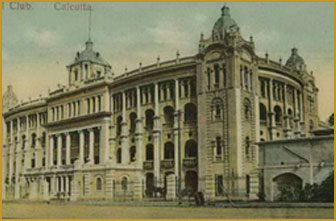
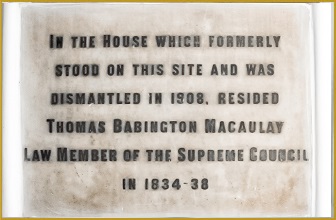
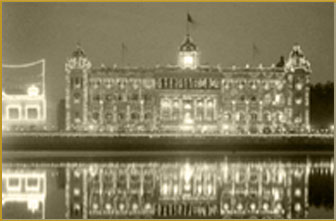

Legend has it that a king cobra was found while digging for the foundation of the building on the Tank Square property. The labourers superstitiously believed that a cobra is the king of the place it lives in and refused to continue their work. A priest was brought in to worship the cobra and the snake, apparently being satisfied with the offering of milk left the premises without any fuss. Since then The Bengal Club’s crest is the King Cobra. Legend it might be, but nevertheless, a most credible one !!
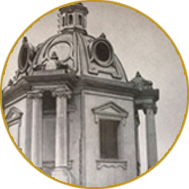
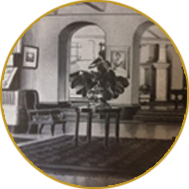
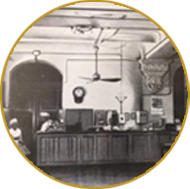
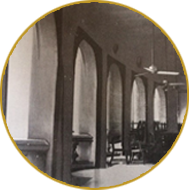
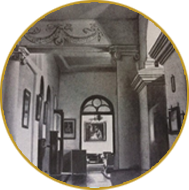
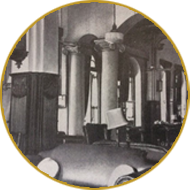
On December 30, 1921, the Club had the opportunity to host the HRH the Prince of Wales for lunch on his visit to Calcutta. He addressed a gathering at Victoria Memorial before that. He was presented with a silver ‘Aagdan’.
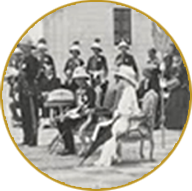
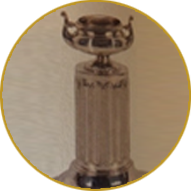
A banquet was held on February 1st, 1927, with Mr. O S Martin the President being in the Chair. 138 Members were present. The traditional toasts were raised to the first Patron and first President. Telegrams were sent to HM the King and HRH the Prince of Wales. In 1969 the club ran into its next major financial crisis and to ‘square a huge debt’ the major part of the old historical building was sold to Grindlay’s Bank, the club retaining only a comparatively small space facing Russel Street. This was largely the rear Annexe of the grand old building with an entrance from Russel Street previously meant for ladies to enter the club.
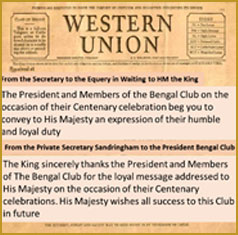
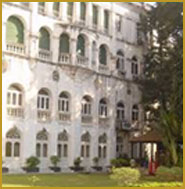
A Members-Only banquet was held on 31st January 1977 with Mr. Arabinda Ray the President being in the Chair. 125 Members were present. The Honorable Governor of West Bengal, A L Dias was the Chief Guest. His Excellency, Mr. John Thompson British High Commissioner to India flew down from Delhi. On February 1st 1977 a ball was held and it was decided to host the foundation day every year after that. Note the Menu Card names!
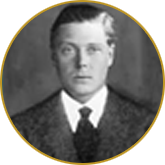
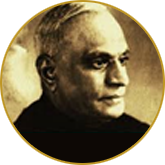
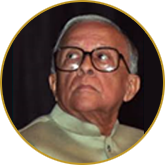

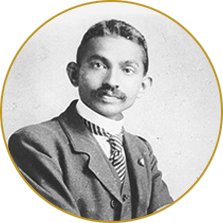
Gandhi visited Calcutta for the first time on July 4, 1896 on his way back from South Africa to Bombay. Three months later, Gandhi again came to Kolkata. On October 31, 1896 he reached this city via Nagpur. As he knew nobody in this city, he took shelter in the Great Eastern Hotel. In this hotel he came in contact with John Ellerthorpe who was a journalist, associated with The Daily Telegraph and was staying in the Bengal Club. He invited Gandhi there. But when Gandhi went there he was refused entrance to the drawing room of the club as Indians were not allowed there. Ellerthorpe did not know it. When he came to know about the restriction, he took Gandhi to his living room and apologised for his inability to take him to the drawing room and expressed his sorrow regarding this prejudice of the local Englishmen.
In a historic milestone, in 1959, the Club opened its door to Indian Members. The Club while maintaining its social traditions, has always had a modern outlook and kept up with the times. Over the years the Club started inducting senior business people and members of the legal, medical and other professions. In 1947, when Bengal was partitioned, the question of the continuance of the name arose, but based on the advice of then Governor of Bengal, Sir C. Rajagopalachari, the Club retained its name. Then, essentially a male bastion, the Club first established married quarters in 1954 and then took the radical step of admitting ladies as members in their own right from 1990. Dress codes were constantly reviewed and appropriately altered in keeping with the changing times.
The Bengal Club today has evolved into one of the most prestigious clubs in Kolkata- a heritage of which the city is proud. It has the right blend of tradition and modern outlook -holding universal appeal for the old and the new.